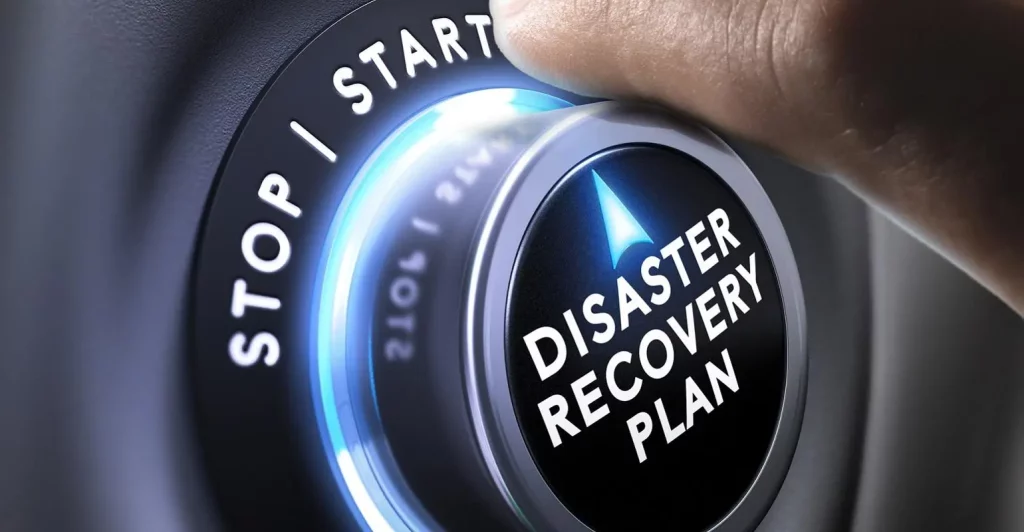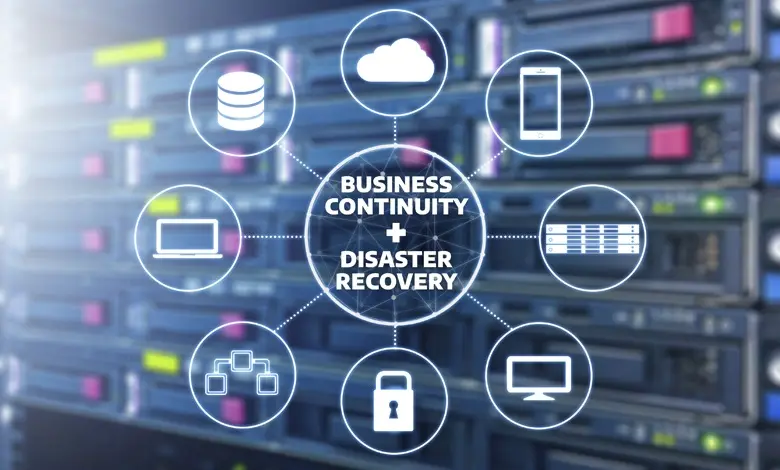Preparing for the Worst: Strategies and Plans for Effective Business Disaster Recovery

In today’s dynamic business landscape, the unexpected is the only certainty. Natural disasters, cyberattacks, and even human errors can disrupt operations at any moment. The concept of Business Disaster Recovery has thus become a cornerstone for any organization aiming to ensure continuity and resilience in the face of disruptions. This blog explores the critical strategies and measures that businesses should adopt to prepare, respond, and efficiently recover from disasters.
- Understanding Business Disaster Recovery
- What is Disaster Recovery?
- Critical Components of Disaster Recovery
- Planning for Business Continuity and Disaster Recovery
- FAQs on Business Disaster Recovery
- Conclusion
Understanding Business Disaster Recovery

Business Disaster Recovery (BDR) involves the processes and strategies that prepare businesses to recover quickly from a disaster, ensuring minimal impact on operations, reputation, and revenue. A robust BDR strategy is not just a nice to have but a necessity in protecting against and mitigating the effects of disruptions.
What is Disaster Recovery?
- Definition and Importance Disaster recovery describes the specific steps taken to restore business operations after critical disruptions. This typically focuses on restoring IT operations and essential business functions.
Critical Components of Disaster Recovery
- Disaster Recovery Plan (DRP): A formal document outlining the processes to recover from a disaster.
- Recovery Time Objective (RTO): The targeted duration of time and a service level within which a business process must be restored after a disaster.
- Recovery Point Objective (RPO): The maximum tolerable period in which data might be lost due to a significant incident.
Planning for Business Continuity and Disaster Recovery
Effective disaster recovery planning involves several steps that ensure a business can recover and continue operating after a disaster. These steps form the backbone of a resilient disaster recovery strategy.
Conducting a Business Impact Analysis
- Identify critical operations and functions.
- Assess the potential impact of various disaster scenarios.
- Prioritize recovery efforts according to business needs.
Developing a Comprehensive Disaster Recovery Plan
- Asset InventoryCategorize assets as critical, essential, or non-essential.
- Roles and Responsibilities: Assign and detail the disaster recovery roles and responsibilities.
- Recovery Strategies: Outline specific strategies for different types of disasters, such as cyberattacks, natural disasters, and power outages.
Implementing and Testing the Disaster Recovery Plan

- Regular Drills and TestingConduct regular simulations and tests to ensure the plan’s effectiveness.
- Update and RefinementContinuously improve the disaster recovery plan based on test outcomes and changes in the business environment.
Business Disaster Recovery Use Cases
Understanding real-world applications of disaster recovery can illustrate the importance and practical aspects of preparedness.
Case Study Examples
- Natural Disasters: How businesses use geo-redundancy to mitigate risks.
- Cyberattacks: The role of Disaster Recovery as a Service (DRaaS) in rapid recovery.
- Equipment Failures: Implementing failover/failback systems for hardware resilience.
FAQs on Business Disaster Recovery
Q1: How often should a disaster recovery plan be updated?
A1: Disaster recovery plans should be reviewed and updated annually or whenever there are significant changes to the business operations or IT infrastructure.
Q2: What is the difference between a hot site and a cold site?
A2: A hot site is a fully equipped alternative location where business operations can continue seamlessly. A cold site, while cheaper, requires setting up and transporting equipment and data before operations can resume.
Q3: Can small businesses afford disaster recovery planning?
A3: Yes, disaster recovery planning is scalable and can be tailored to fit the budget and needs of businesses of all sizes. Small businesses can start with basic strategies and expand as they grow.
Q4: What are the most common types of disasters businesses should prepare for?
A4: Businesses should prepare for a variety of disasters, including natural disasters (like hurricanes, earthquakes, and floods), technological issues (such as data breaches, cyberattacks, and hardware failures), and human factors (including human error and sabotage). Each type of disaster requires specific planning to mitigate its unique risks.
Q5: How do I determine the Recovery Time Objective (RTO) and Recovery Point Objective (RPO) for my business?
A5: Determining RTO and RPO involves assessing the criticality of business processes and the amount of data loss a business can tolerate without significant harm. This assessment should be conducted as part of a Business Impact Analysis (BIA), which evaluates the potential effects of interruptions to business processes.
Q6: What is the role of cloud computing in disaster recovery?
A6: Cloud computing plays a crucial role in disaster recovery by providing data backup, failover, and failback capabilities. Cloud services can rapidly deploy virtual servers to replace damaged infrastructure, ensuring business continuity with minimal downtime and data loss.
Q7: Should a disaster recovery plan include employee training?
A7: Absolutely. Employee training is critical to ensure that every team member understands their role in the recovery process. Regular training sessions should be conducted to familiarize employees with the disaster recovery plan and update them on any changes.
Q8: How can businesses test and validate their disaster recovery plans?
A8: Businesses should regularly test their disaster recovery plans through drills and simulations. These tests can range from tabletop exercises, where team members discuss their roles in various scenarios, to full-scale drills that simulate an actual disaster. Regular testing helps identify weaknesses in the plan and provides a basis for improvements.
Conclusion
Business Disaster Recovery is not just about responding to crises but about proactively preparing to ensure that your business can withstand and quickly recover from unexpected events. By understanding the essentials of disaster recovery planning and implementing a robust plan, companies can protect themselves against significant losses, maintain continuity, and secure a competitive advantage in today’s fast-paced business environment. Investing in disaster recovery is investing in your business’s future.
By embracing these strategies, organizations can navigate the complexities of disaster recovery and ensure operational resilience, no matter what challenges lie ahead.






